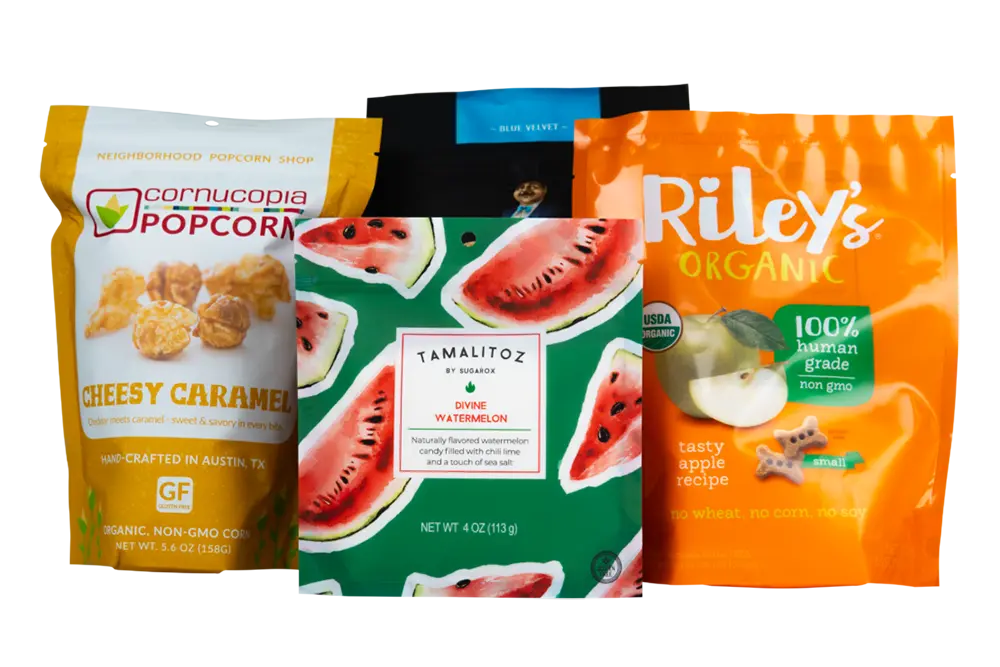Introduction
As the world recognizes the urgency of addressing environmental concerns, businesses are increasingly exploring ways to reduce their environmental impact. One area where significant progress can be made is in product packaging. This article delves into the importance of eco-friendly product packaging and explores various strategies businesses can adopt to create sustainable, green, and eco product packaging.
Understanding the Need for Eco-Friendly Packaging
Traditional product packaging often contributes to environmental degradation due to excessive use of resources, non-recyclable materials, and excessive waste generation. Eco-friendly packaging focuses on reducing carbon footprint, minimizing waste, and utilizing materials that have a lower impact on the environment.
By transitioning to sustainable packaging practices, businesses can demonstrate their commitment to environmental stewardship. Furthermore, eco-friendly packaging resonates with environmentally conscious consumers who are actively seeking out sustainable products and sustainable packaging.
Reduce, Reuse, Recycle
a) Reduce: The first step in making packaging eco-friendly is to prioritize reduction. By minimizing the amount of packaging material used, businesses can significantly reduce waste generation. Streamlining packaging design, eliminating unnecessary layers, and optimizing sizing and dimensions can lead to more efficient use of resources.
b) Reuse: Encouraging reusable packaging is an effective way to minimize waste. Employing materials such as durable containers or refillable options can significantly reduce the need for single-use packaging. This approach not only reduces environmental impact but also aligns with the growing consumer preference for reusable products.
c) Recycle: Utilizing recyclable materials is a fundamental aspect of eco-friendly packaging. Businesses should explore the use of materials such as cardboard, paper, glass, aluminum, or compostable bioplastics that can be easily recycled. Clearly labeling packaging with recycling symbols and providing consumers with information on proper recycling methods can contribute to higher recycling rates.
Biodegradable and Compostable Materials
Exploring the use of biodegradable and compostable materials offers a sustainable alternative to traditional packaging. These materials are designed to break down naturally without leaving harmful residues. Packaging made from materials such as bioplastics, biofoam, or plant-based fibers can be composted and returned to the earth, reducing waste and minimizing the environmental impact.
However, it’s essential to ensure that these materials are certified and meet appropriate industry standards to avoid greenwashing or misleading claims about sustainability.
Sustainable Sourcing and Production
To create eco-friendly packaging, businesses should prioritize sustainable sourcing and production practices. This includes using materials from certified sustainable sources, such as responsibly managed forests for paper and cardboard, or recycled materials whenever possible.
Additionally, reducing energy consumption, minimizing water usage, and optimizing manufacturing processes can significantly reduce the environmental impact of packaging production.
Innovative Packaging Designs
Innovative packaging designs can play a significant role in reducing waste and environmental impact. For example:
a) Minimizing Air Space: Right-sizing packaging to fit the product snugly reduces the need for excessive protective materials and wasted space.
b) Designing for Disassembly: Creating packaging that is easy to disassemble promotes recycling and facilitates material separation.
c) Lightweighting: Designing packaging that uses lighter materials without compromising product protection can reduce material usage and transportation-related emissions.
d) Using Renewable Materials: Exploring alternative materials like bamboo, mushroom packaging, or seaweed-based materials can provide sustainable options for packaging design.
Education and Consumer Engagement
To promote a culture of eco-friendly packaging, businesses should educate consumers about the importance of sustainable packaging and encourage their active participation. This can include clear labeling on packaging, providing information on the environmental benefits of sustainable choices, and offering incentives for recycling or returning packaging.
Conclusion
With the growing focus on environmental sustainability, businesses must embrace environmentally friendly packaging by reducing waste, utilizing recyclable and compostable materials, prioritizing sustainable sourcing, and exploring innovative packaging designs. If there is a demand in this area, welcome to consult, we provide sustainable flexible packaging customization services.

Post time: 09-06-2023

